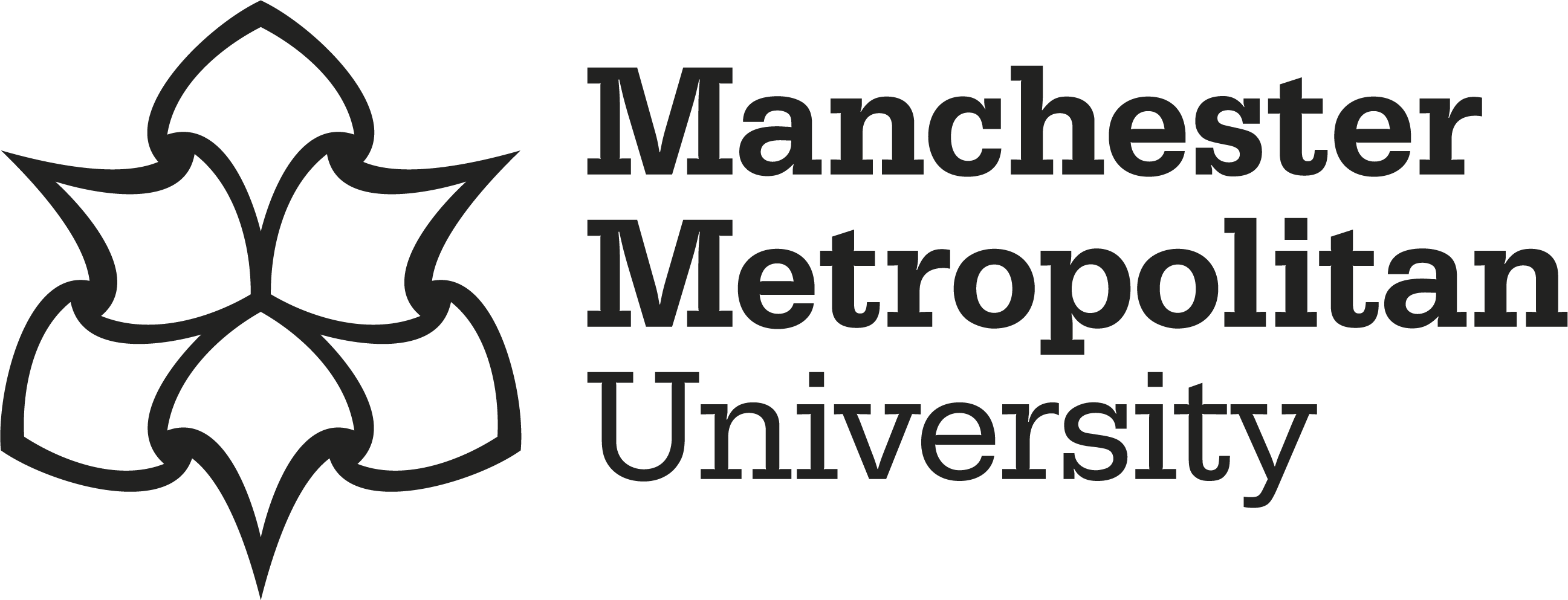Knighton, Simon (2025) Sound Sculptures, Dynamic Systems and Natural Environments: A Portfolio of Compositions with Critical Commentary. Doctoral thesis (PhD), The Royal Northern College of Music in collaboration with Manchester Metropolitan University.
|
Available under License Creative Commons Attribution Non-commercial No Derivatives. Download (3MB) | Preview |
Abstract
In today’s contemporary music landscape, the integration of electronics with live acoustic instruments is increasingly widespread. Nevertheless, navigating the aesthetic and technical artistic challenges of combining these two sound worlds offers continuing provocation for many in the field. In response, this research presents a portfolio of works that explore how acoustic, electronic, and automated sounds can be combined, fused, and worked with in a variety of creative ways. Developed through an iterative, creative-critical process, this project employs notions of sound sculpture as a multi-textural metaphor to guide and inspire creative decisions, whilst also providing a conceptual lens through which to analyse my artistic practice. This commentary traces the evolution of this metaphor as it developed with each new piece of my portfolio: from live, spatialised performances that apply acoustic and psychoacoustic phenomena to fuse acoustic and electronic sound; to the use of electronic production techniques that facilitate collaborative work with classically trained performers; to hybrid installation-concert pieces that creatively explore notions of musical linearity and sonic environment in live performance. As such, this project offers a variety of insights for composers and sound artists working in the field of composing for instruments and electronics. Reflecting on the highly collaborative creative processes that emerged, this commentary draws on themes of distributed creativity and material agency to challenge the traditional notion of composition as a solitary act. Instead, it positions the composer as an agent within a dynamic network of instruments and performers, tools and technologies, environments and cultures. In this model, a key part of the composer’s role becomes to guide (or perhaps navigate) these relationships. My research suggests techniques for engaging in this role that, whilst particular to me as an artist, will nonetheless provide insights into the complex interrelationships that exist between the composer and the networks they operate within.
Impact and Reach
Statistics
Additional statistics for this dataset are available via IRStats2.


